Table of Contents
Top 10 AI Tools & Techniques for Content Creation in 2025
The content landscape is evolving at warp speed, and simply keeping up isn’t enough anymore. Content creators, marketers, and business owners face growing demand for high-quality, engaging material, pushing the limits of traditional output. Enter the game-changer: advanced AI tools for content creation in 2025.
Merely generating text or images with AI is just the starting line. True success lies in integrating these technologies into seamless workflows that multiply output, amplify creativity, and maintain the human touch. This guide will help you achieve a 10x boost in content productivity while keeping your content authentic and strategic.
Key Takeaways:
- Strategic AI integration is essential to achieve 10x content productivity in 2025.
- Combine multiple AI tools to build advanced workflows for seamless content creation.
- Avoid generic AI output with prompt engineering, human editing, and originality.
- Use a decision framework to select AI tools based on content type, team size, and budget.
- Prioritize advanced workflows, combining multiple AI tools for seamless content creation pipelines.
- Stay ahead by tracking emerging AI trends and tools on the horizon.
Advanced AI Techniques for Content Creators in 2025
The volume of content required for digital marketing—from blog posts and social media updates to video scripts and email campaigns—can overwhelm even the most efficient teams. AI doesn’t just lighten the load; it fundamentally reshapes how content is conceived, produced, and optimized. AI tools for content creation isn’t an option; it’s a competitive imperative for 2025.
Imagine cutting the initial draft time for a complex whitepaper by 70%, or generating 50 unique social media captions in minutes. AI enables this by automating repetitive tasks, accelerating research, and suggesting creative angles, freeing human talent to focus on strategy, analysis, and brand voice.
Maintaining Authenticity & the Human Touch
One of the most frequent criticisms leveled against AI-generated content is its tendency to sound generic, sterile, or even detectable as machine-made. Many users on platforms like Reddit and Quora express concerns about losing their unique voice when using AI. This is a valid concern, but it’s also an opportunity to differentiate.
AI-generated content can sometimes feel generic or machine-made. To maintain authenticity:
- Expert Prompt Engineering: Use detailed prompts to guide AI toward your tone, style, and unique insights.
- Inject Originality: Use AI for drafts and brainstorming, but always add real-world examples, personal stories, and proprietary data.
- Rigorous Human Editing: Fact-check, refine word choice, and ensure the final content reflects your brand values.
- Ethical AI Use: Be transparent and prioritize accuracy, fairness, and originality.
Top 10 AI Tools for Content Creation in 2025
To achieve truly exponential gains in content productivity, you need the right arsenal of AI tools for content creation. Here’s our top selection, categorized for clarity, along with their unique value propositions and potential productivity boosts.
AI Writing & Research Assistants
1. Jasper AI (Formerly Jasper.ai)
Jasper is a leading AI writing assistant renowned for its versatility across various content formats, from blog posts and ad copy to social media captions and even books. Its Boss Mode and SEO Mode integrate seamlessly with tools like Surfer SEO, allowing for content optimization directly within the platform. Jasper excels at adapting to brand voice and generating creative copy at scale.
- Key Features: Templates, brand voice, SEO integration, long-form content generation.
- Use Cases: Blogging, marketing copy, video scripts, product descriptions.
- Productivity Boost: Reduces initial drafting time by up to 80% for articles, allowing content teams to focus on research and refinement.
- User Insight: “Jasper helped us scale our content output dramatically. We’re now producing twice the amount of blog posts with the same team size, freeing up writers for more strategic work.” – Emily R., Content Director, Tech Startup
2. Copy.ai
Copy.ai stands out for its vast array of copywriting tools and intuitive interface, making it a favorite for marketers and agencies. It offers hundreds of templates for different content needs, including sales copy, email subject lines, and digital ad copy. Its free tier is a great starting point for many individuals and small businesses.
- Key Features: Wide range of templates, brand voice, workflow automation, long-form editor.
- Use Cases: Social media copy, ad creatives, email marketing, website copy.
- Productivity Boost: Speeds up ideation and first drafts for ad campaigns and social posts by 90%, allowing for rapid A/B testing.
3. Grammarly Business (with AI enhancements)
While known for grammar correction, Grammarly’s AI-powered business features now offer advanced tone detection, full-sentence rewrites, and brand style guides. It ensures not only correctness but also consistency in voice and adherence to specific linguistic standards across large teams.
- Key Features: Advanced grammar/spelling, tone detection, conciseness, brand style guides, generative AI writing.
- Use Cases: Editing, proofreading, ensuring brand consistency, improving clarity.
- Productivity Boost: Reduces editing and proofreading time by 30-50%, ensuring higher quality output with fewer human passes.
AI Image & Visual Content Generators
4. Midjourney / DALL-E 3
These two generative AI powerhouses are revolutionizing visual content. Midjourney is celebrated for its artistic and often stunning image generation from text prompts, while DALL-E 3 (integrated with ChatGPT Plus) offers incredible prompt understanding and detail control. They enable creators to produce unique, high-quality visuals without stock photo limitations or graphic design costs.
- Key Features: Text-to-image generation, diverse styles, inpainting/outpainting (DALL-E), advanced prompt interpretation.
- Use Cases: Blog post images, social media graphics, concept art, advertising visuals.
- Productivity Boost: Eliminates days of design time, generating bespoke visuals in minutes, saving significant budget on stock photography licenses.
- User Insight: “Midjourney has transformed our visual content strategy. We can now create unique header images for every blog post, which was impossible before due to budget and time constraints.” – Mark T., Marketing Lead, E-commerce Brand
5. Canva Magic Studio
Canva’s Magic Studio suite integrates generative AI directly into its user-friendly design platform. This includes Magic Design (template generation from text), Magic Write (AI text generation), Magic Edit (AI-powered photo editing), and more. It empowers anyone to create professional-looking visuals and content with minimal design expertise.
- Key Features: AI design assistant, AI image editing, text-to-image, integrated content writing.
- Use Cases: Social media posts, presentations, marketing materials, infographics, videos.
- Productivity Boost: Accelerates graphic design by 50-70%, allowing non-designers to produce high-quality visuals quickly and consistently.
AI Video & Audio Tools
6. Descript
Descript is a multi-functional tool that makes video and podcast editing as simple as editing a text document. Its AI features include automatic transcription, filler word removal, ‘Overdub’ (cloning your voice to generate new audio), and Spectragram (AI-powered background noise removal). It drastically cuts down on post-production time.
- Key Features: Text-based video editing, AI transcription, filler word removal, voice cloning (Overdub), studio sound.
- Use Cases: Podcast editing, video editing, webinar production, creating short video clips.
- Productivity Boost: Reduces video and podcast editing time by up to 75%, especially for long-form content, by eliminating manual transcript sync and tedious cuts.
7. Synthesys AI Studio
Synthesys offers a powerful suite for creating AI-generated videos, images, and voiceovers using realistic avatars and professional voices. It’s ideal for generating explainer videos, marketing intros, or training modules without needing actors, cameras, or studios.
- Key Features: AI human avatars, custom voices, text-to-video, realistic lip-sync.
- Use Cases: Explainer videos, training content, marketing ads, social media video snippets.
- Productivity Boost: Creates professional-grade videos in hours instead of days or weeks, bypassing traditional production hurdles and costs.
AI for SEO & Content Optimization
8. Surfer SEO
Surfer SEO uses AI to analyze top-ranking content for any keyword and provides data-driven recommendations for on-page SEO. It helps optimize content for relevance, keyword density, and structure, ensuring your AI-generated (and human-edited) content has the best chance to rank. It integrates with tools like Jasper for seamless content creation and optimization.
- Key Features: Content Editor, keyword research, SERP analysis, content audit.
- Use Cases: SEO optimization for blog posts, landing pages, articles.
- Productivity Boost: Streamlines the SEO optimization process by 60%, providing clear, actionable insights that eliminate guesswork and improve ranking potential.
AI Workflow & Automation Tools
9. Zapier (with AI actions)
While not a content creation tool itself, Zapier’s expanded AI capabilities allow you to connect and automate workflows between various AI tools and your existing systems. Imagine a Zap that takes a generated blog post from Jasper, sends it to Grammarly for a style check, then pushes it to a draft in WordPress and notifies your editor on Slack. This is where true multi-step integration happens.
- Key Features: AI-powered task automation, multi-app integration, custom workflows.
- Use Cases: Automating content publishing, AI-powered email responses, data extraction from AI outputs.
- Productivity Boost: Automates repetitive content-related tasks, saving dozens of hours per month in manual data transfer and notification management.
10. Coda (with AI functions)
Coda is a flexible, all-in-one document that can act as a hub for content planning, strategy, and execution. Its integrated AI functions allow you to generate ideas, summarize meeting notes, write initial drafts directly within your content calendar, and even create custom AI-powered tables that manage content assets. It brings context and creation into one workspace.
- Key Features: AI assistant, flexible document creation, database functionality, team collaboration.
- Use Cases: Content calendars, project management, brainstorming, document generation.
- Productivity Boost: Centralizes content operations and automates ideation/drafting within planning documents, improving overall project efficiency by 40-50%.
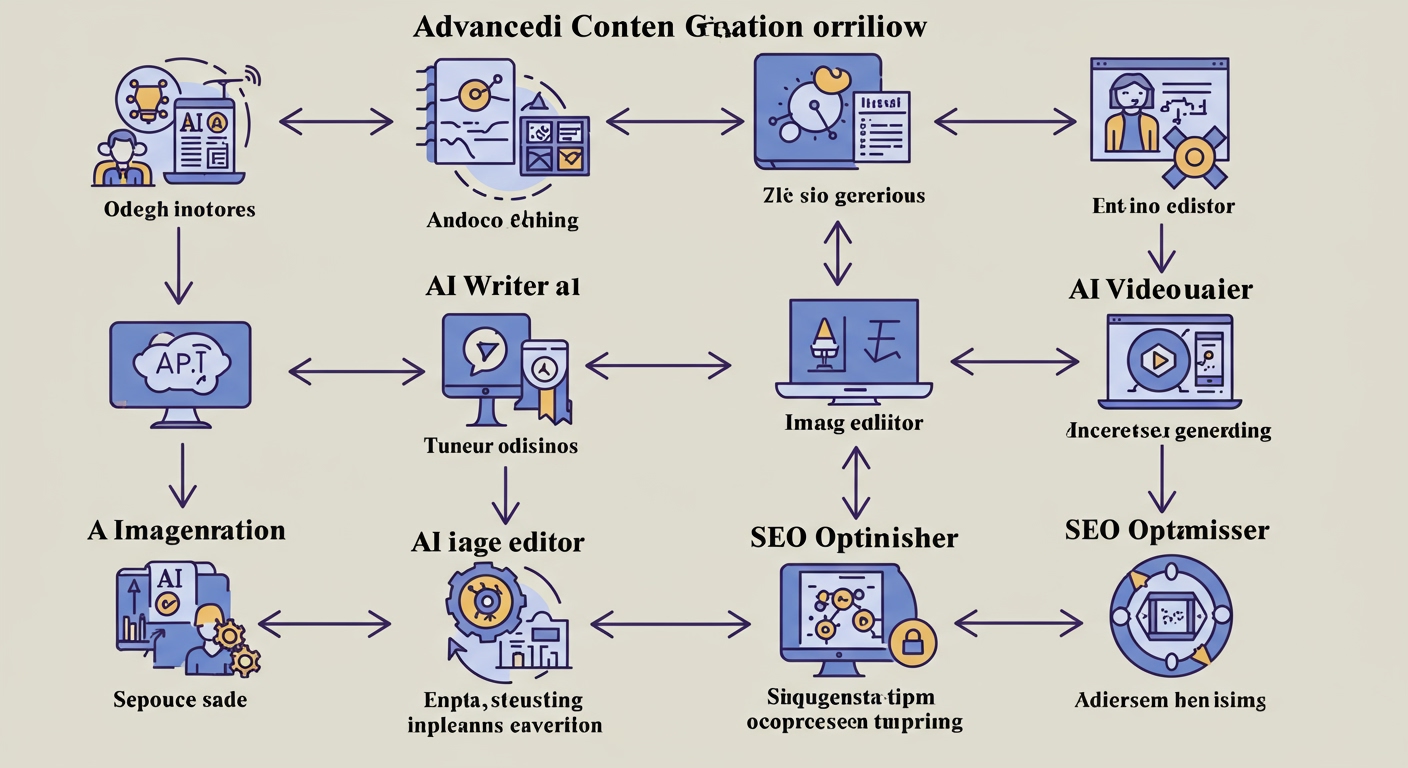
Advanced Workflows & Integrations: Beyond One-Off Generation
The real magic of AI tools for content creation unfolds when you integrate them into sophisticated, multi-step workflows. This is how you achieve 10x productivity, moving from isolated tasks to a synchronized content assembly line.
Consider this advanced content workflow:
- Keyword & Topic Generation: Start with Surfer SEO for in-depth keyword research and topic clustering. Use its content ideas to feed into your AI writer.
- Drafting & Initial Content Creation: Leverage Jasper or Copy.ai to generate initial blog post drafts, video scripts, or social media outlines based on Surfer’s recommendations. For detailed research, an AI assistant like ChatGPT or Claude can quickly synthesize information from multiple sources.
- Visual Asset Production: Take key themes and concepts from your AI-generated text and input them into Midjourney or DALL-E 3 to create unique hero images, infographics, or social media visuals. For branded assets, use Canva Magic Studio to integrate these AI-generated elements with your brand guidelines.
- Video & Audio Enhancement: If creating video content, feed your AI-generated script into Synthesys AI Studio for avatar-led videos or use Descript to edit human-recorded footage, removing filler words and enhancing audio.
- Optimization & Refinement: Run your entire content piece (text and visuals) back through Surfer SEO for final on-page optimization. Use Grammarly Business to ensure consistent tone, style, and grammatical perfection.
- Distribution & Automation: Use Zapier to automate the publishing process, sending finished content to your CMS (e.g., WordPress), scheduling social media posts via platforms like Buffer or Hootsuite, and notifying your team.
This integrated approach minimizes manual handoffs, maintains consistency, and drastically reduces the time from ideation to publication.
Choosing the Right AI Tools
With so many powerful AI tools for content creation available, how do you pick the right ones? Use this simple framework to guide your decision:
- Define Your Core Content Needs:
- What content types do you produce most? (e.g., blogs, video, social media, email).
- What are your biggest pain points? (e.g., writer’s block, slow design, lack of research time, editing overhead).
- Assess Your Budget:
- Are you looking for free tiers to start, or can you invest in professional plans? (Many tools offer free trials).
- Consider the ROI: How much time/money will the tool save you compared to its cost?
- Consider Team Size & Skill Set:
- Are you a solo creator needing an all-in-one solution, or a large team needing collaboration features and specific integrations?
- What’s your team’s comfort level with new technology? Look for intuitive interfaces if adoption is a concern.
- Prioritize Integration Capabilities:
- Does the tool integrate with your existing tech stack (e.g., CMS, SEO tools, project management)?
- Can it be part of a larger, automated workflow via Zapier or similar platforms?
- Evaluate Output Quality & Customization:
- How ‘human’ does the output sound/look? Does it require heavy editing?
- Can you customize brand voice, style, and specific parameters?
Future Trends & Emerging AI Tools
The field of generative AI is moving at an astonishing pace. To truly stay ahead, content creators need to keep an eye on these emerging trends:
- Multimodal AI: Single AI producing text, images, video simultaneously.
- Personalized Content at Scale: Hyper-personalization based on user behavior.
- Ethical AI & Content Provenance: Clear AI origin, watermarking, and verifiable indicators.
- No-Code/Low-Code AI Platforms: Build AI workflows without coding.
- Autonomous AI Agents: AI managing end-to-end content creation with minimal human oversight.
Staying informed about these advancements, perhaps by following leading AI research labs like DeepMind or OpenAI, will position you at the forefront of content innovation. Generative AI is not just a tool; it’s a paradigm shift in how we approach creative work.
Conclusion: Master AI, Master Your Content Destiny
Achieving 10x content productivity in 2025 isn’t about a single tool—it’s about building intelligent, integrated workflows. By combining advanced AI tools with human creativity, strategic thinking, and authenticity, content creators can produce high-quality, impactful content at scale.
The future of content is collaborative: humans + AI. Those who master this synergy will thrive, producing remarkable output with less effort. Start integrating AI today to unlock your content’s full potential.
For further reading on ethical AI use in content, consider resources from institutions like the Stanford Institute for Human-Centered AI (HAI).
Frequently Asked Questions (FAQ)
Q1: How can AI boost content productivity by 10x?
A1: By integrating multiple AI tools into a seamless workflow—automating drafting, research, image/video generation, and SEO optimization—while humans handle strategic and creative refinement.
Q2: What are the main challenges of AI content creation?
A2: Generic output, maintaining brand voice, AI detection, and ethics. Solve with prompt engineering, human editing, fact-checking, and ethical transparency.
Q3: Can AI replace human creators?
A3: No. AI assists, automates mundane tasks, and accelerates workflows, but strategic thinking, creativity, and brand voice remain human domains.
Q4: How do I pick the best AI tools?
A4: Use the decision framework above: content needs → budget → team size → integration → output quality.
Q5: Are there free AI tools worth using?
A5: Yes. Examples: Copy.ai (copywriting), Canva Magic Studio (design), ChatGPT (research/brainstorming).
Q6: How can AI maintain content authenticity?
A6: Always edit AI drafts, inject unique insights, personal stories, proprietary data, and maintain brand voice. AI should complement, not replace, humans.
Q7: What are the best AI content generators in 2025?
A: Tools like [Tool Name 1], [Tool Name 2], and [Tool Name 3] offer advanced features for text, visuals, and workflow automation, helping content creators produce high-quality digital content faster.
Q8: How can AI improve content productivity?
A: AI tools automate repetitive tasks like SEO optimization, content formatting, image/video generation, and ideation, allowing creators to focus on strategy and creativity.
Q9: What advanced AI techniques should content creators use in 2025?
A: Techniques include AI-assisted content ideation, prompt-based generative workflows, automated SEO optimization, and using AI analytics to improve engagement and reach.
Q10: Are AI content creation tools cost-effective for startups?
A: Yes, many AI tools offer scalable pricing, free tiers, or pay-per-use models, allowing startups and individual creators to leverage advanced workflows without overspending.
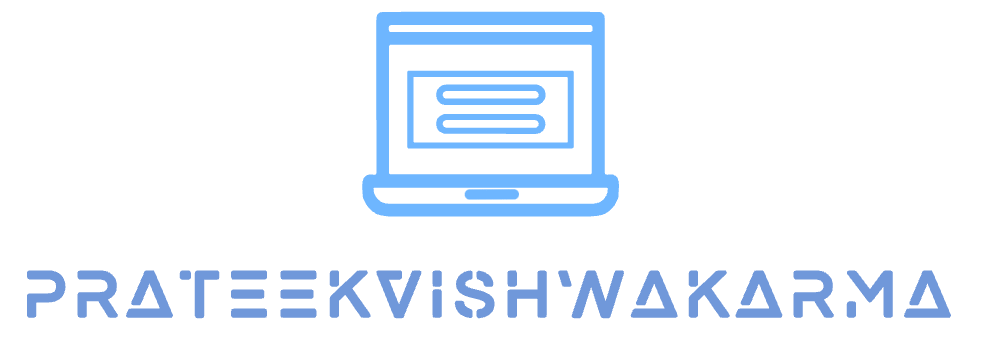
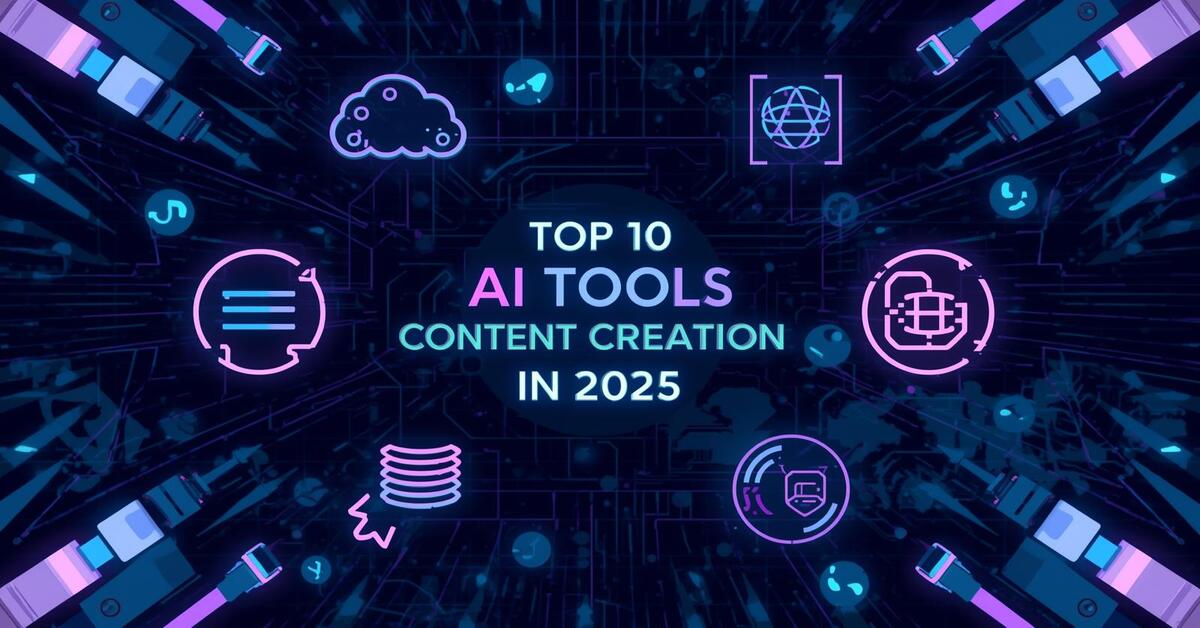








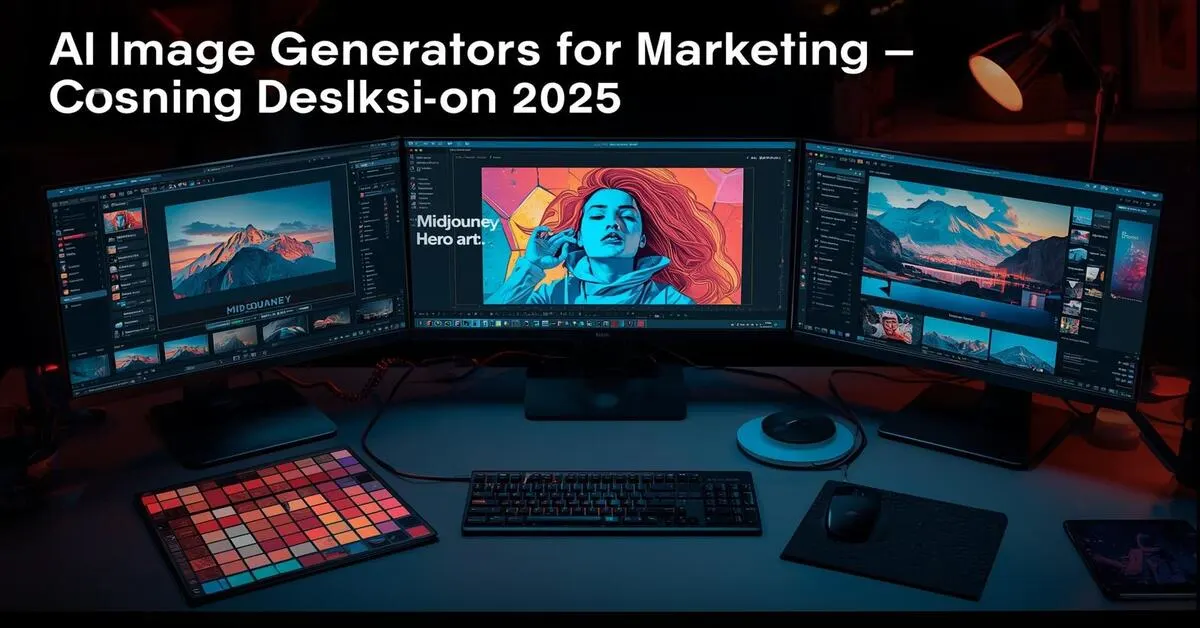
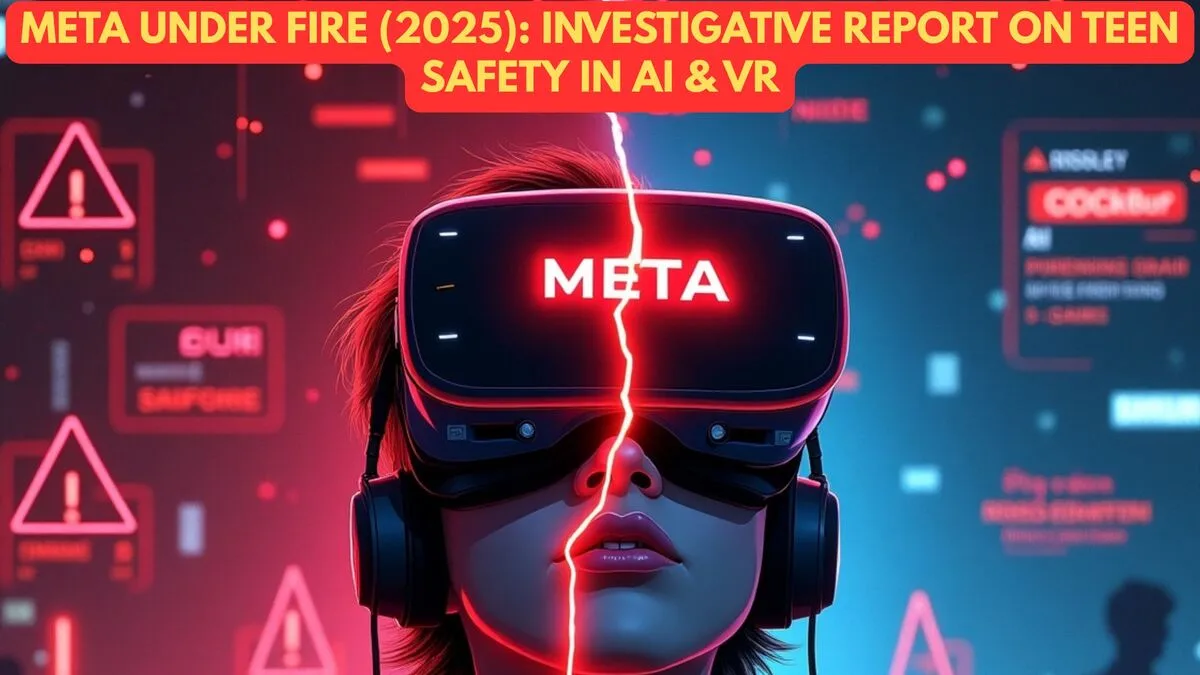




[…] good news is that a growing ecosystem of frameworks, methodologies, and tools is empowering developers to embed ethical considerations directly into their day-to-day […]
[…] most users, the easiest way to access this powerful tool is directly within the Gemini app. Simply open the app and ensure the “Flash” model is […]
[…] dive into the standout AI tools for creative industries 2025, categorized by their primary impact to showcase their specific industry […]
[…] Canva integrates AI to help you create stunning visuals, from social media graphics to presentations, without needing design skills. This can be especially useful for those interested in AI tools for content creation. […]